Planning a DIY wedding can be an exciting and fulfilling experience! But when it comes to the budget, there are a lot of things to consider. It’s one of the first steps in wedding planning!
Creating a budget allows you to prioritize your expenses and make informed decisions throughout the planning process. In this guide, we’ll walk you through how to budget for your DIY wedding while providing helpful tips along the way. As experienced wedding planners, we have helped dozens of couples create their budgets and are ready to help you set yours!
Things To Think About Before You Create Your Budget
The budget should be one of the first steps in planning your wedding before you start to look at venues. This is because your budget will determine your final venue selections. If you are planning with a $50,000 budget and want to invite 100 guests, you will need to have an idea of how much each person will cost, so you can see if the venue is within your final budget.
Making a budget also includes balancing your priorities with your guest list. If having more guests is a top priority, you will compromise other areas, like decor and rentals.
When searching for venues, make sure to ask what they provide. Some venues include a lot of equipment or even have food and beverage services in-house. Understanding exactly what venues provide or do not provide can help you stay within budget!
And while hosting it at home in a backyard might seem like a budget-friendly plan, it’s actually a considerable investment. You may save on venue costs but be prepared to allocate funds for necessary rentals like bathrooms or additional staffing for a smooth event. Additional rentals can add thousands of dollars to your bottom line.
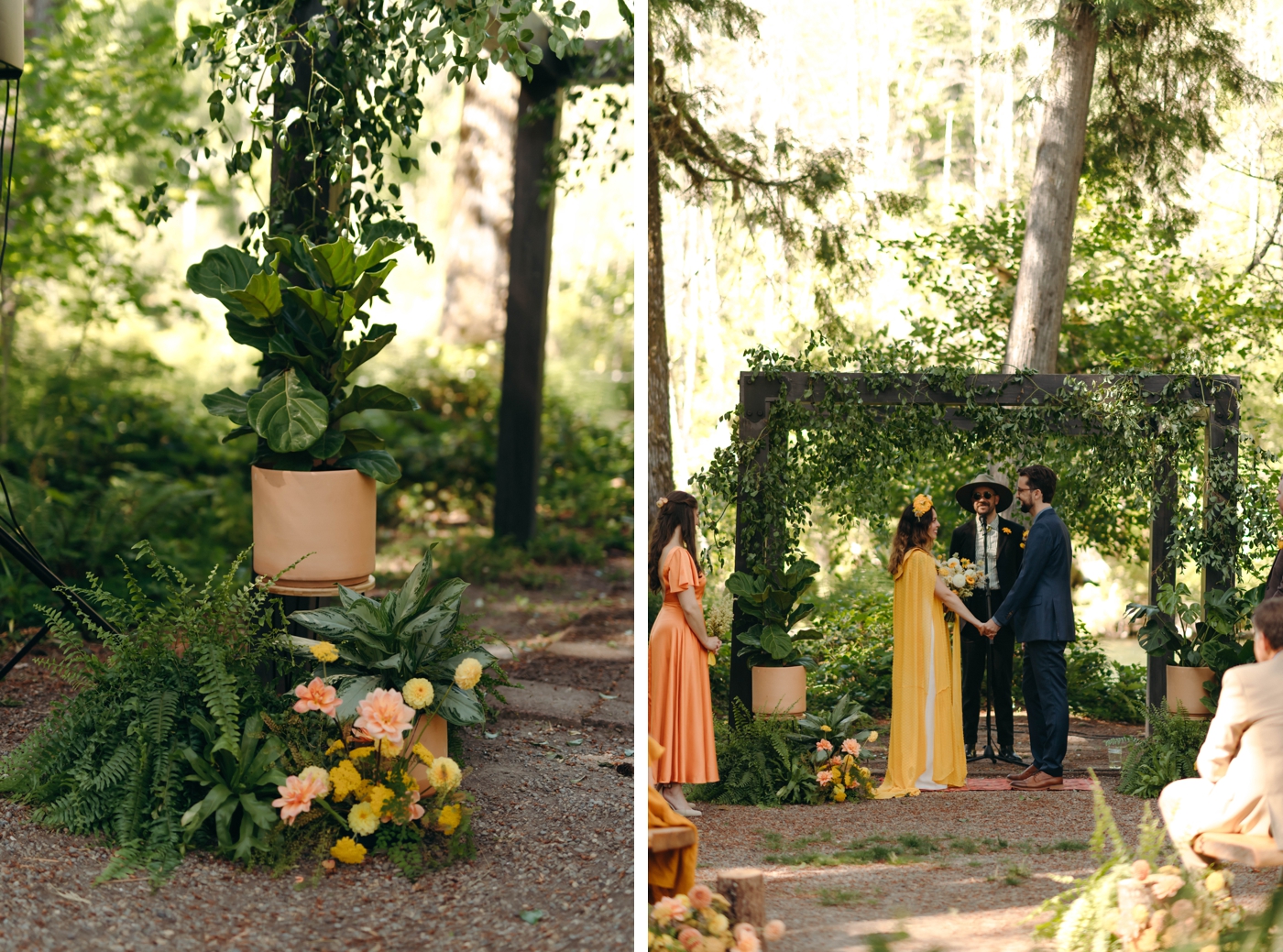
Budget #1: Start With An Overall Number
The first option is to start with an overall number and apply percentages for each vendor. This will dictate your priorities and final guest list. For example, if you have $4000 to spend on catering, that will determine the number of people you can feed. An average catering price of $75 per person allows you to have 53 guests. (Keep in mind this cost can vary greatly, depending on catering style and other rentals like flatware and linens).
Here’s a Good Starting Formula:
- Venue: 15%
- Catering: 22%
- Bar: 6%
- Dessert: 2%
- Rentals and Decor: 10%
- Flowers: 10%
- Photography: 12%
- Entertainment/Music: 8%
- Attire, Accessories, Beauty: 8%
- Paper Goods: 3%
- Favors and Gifts: 2%
- Transportation: 2%
Example Wedding Budget With $20,000
- Venue: $3,000
- Catering: $4,400
- Bar: $1,200
- Dessert: $400
- Rentals and Decor: $2,000
- Flowers: $2,000
- Photography: $2,400
- Entertainment/Music: $1,600
- Attire, Accessories, Beauty: $1,600
- Paper Goods: $600
- Favors and Gifts: $400
- Transportation: $400
Once you have a rough outline, you can move money around depending on your priorities.
[Check Out Our Course: Design Your Wedding Day]
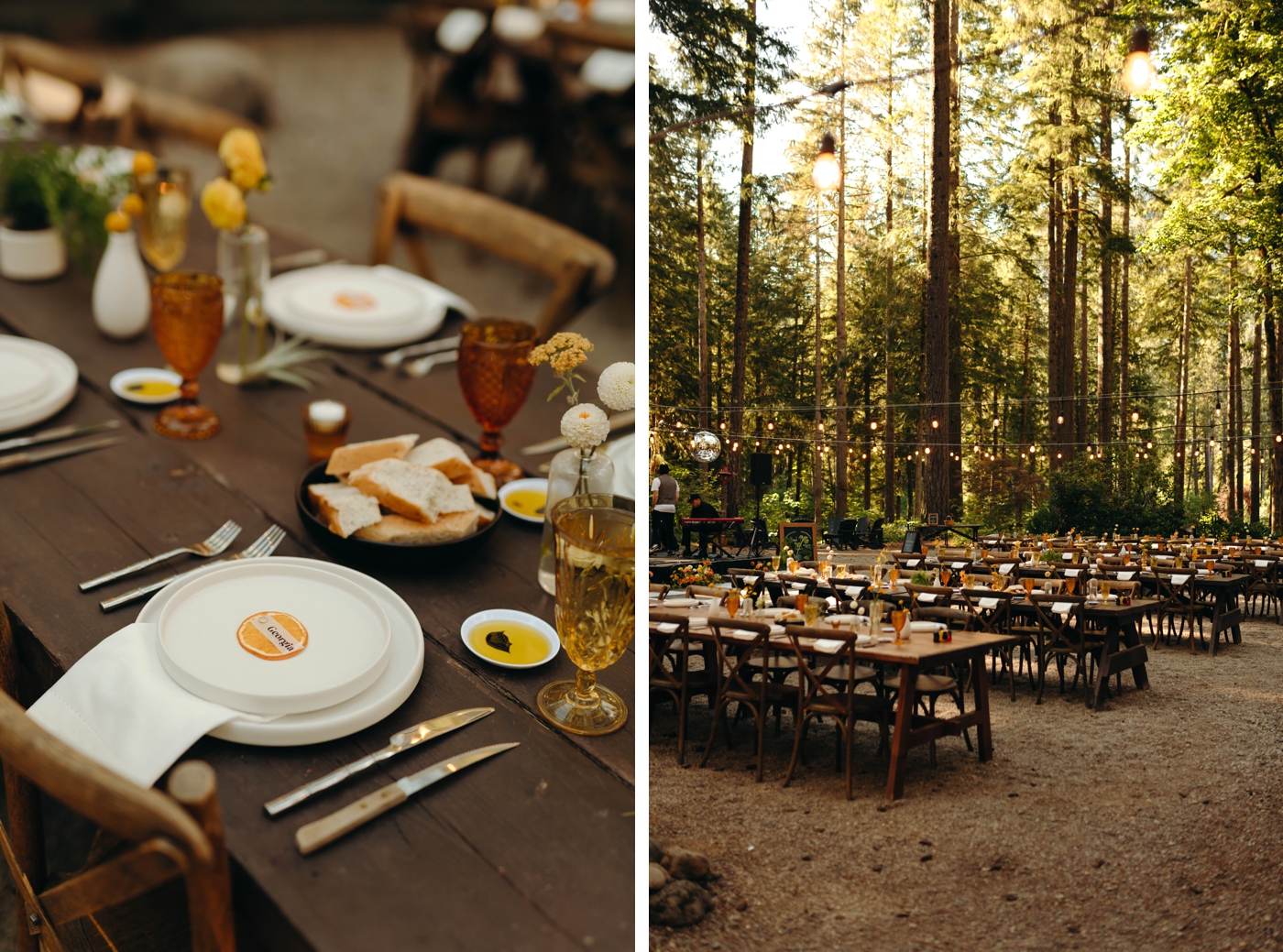
Budget #2: Start With Your Priorities
Another approach is to identify your top priorities and allocate funds accordingly. For example, if having a videographer is crucial to you, research local videographers’ costs and incorporate that into your budget as a priority expense.
Similarly, if you plan to invite a larger number of guests, your budget must account for per-person costs such as food, drink, desserts, centerpieces, rentals, tables, linens, and more. For example, inviting 300 guests may cost $85 per person, bringing you to $25,500 for food and rentals.
Example:
- Appetizers: $10/person
- Buffet Dinner: $30/person
- Three drinks: $21/person
- Dessert: $5/person
- Chair Rental: $4/person
- Napkin Rental: $2/person
By starting with your priorities, you’ll have a clearer understanding of how much to allocate to each aspect of your wedding.
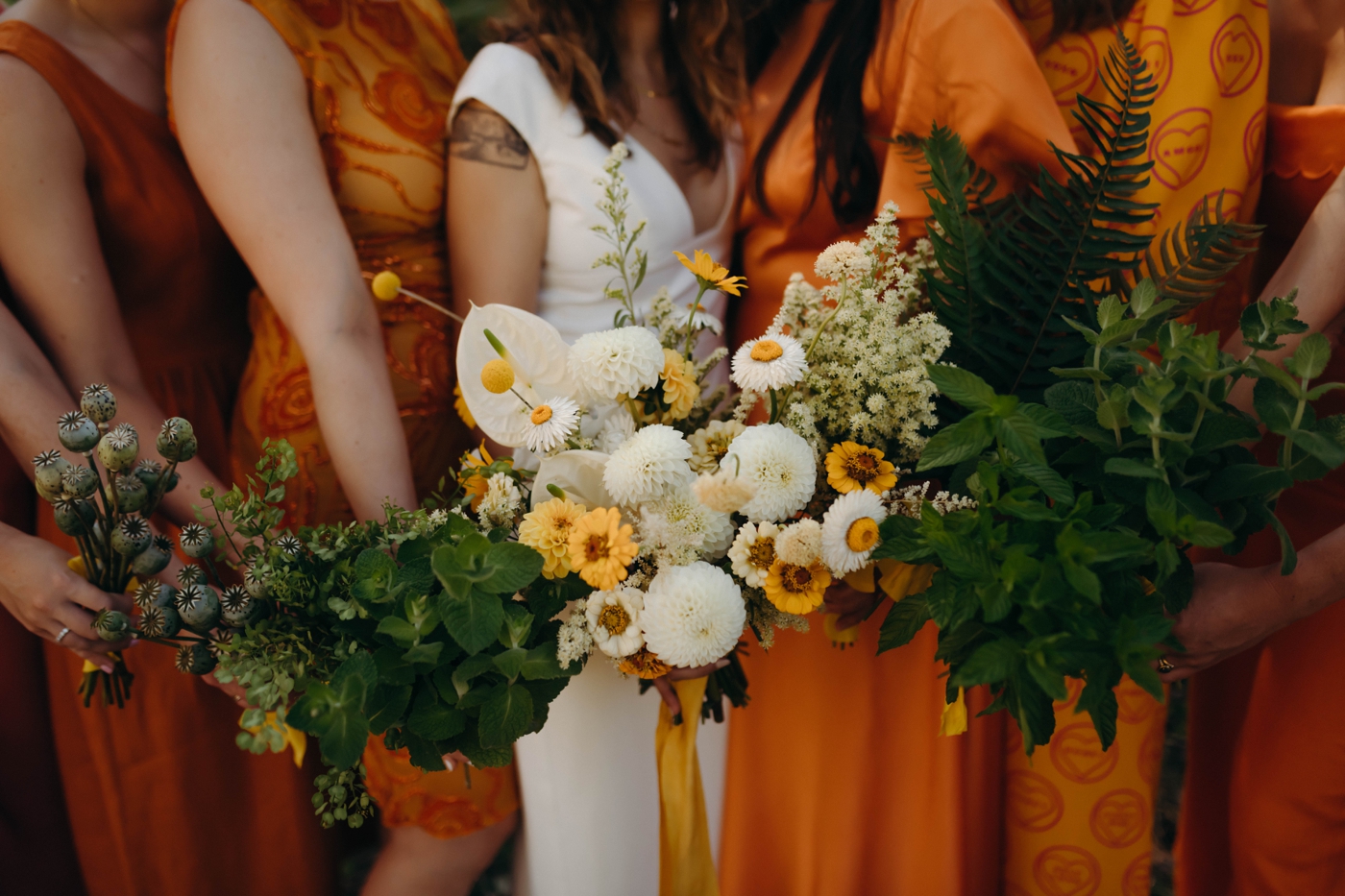
Consider What You Will DIY
As you create your budget, it’s important to keep in mind what you will be doing yourself. Determine which elements you can DIY without compromising quality or causing unnecessary stress. Non-time-sensitive projects, such as making signs, invitations or buying used decorations instead of renting, are excellent choices.
While some DIY projects are things you can take on, others might actually cost more in the long run. Avoid taking on time-sensitive tasks like arranging perishable flowers or desserts yourself. These can lead to stress and potential mishaps on your wedding day. Instead, consider hiring professionals who will save you stress and time. If you are skipping a DJ or musicians and renting speakers instead, that will cost less but involve a little bit more effort from a volunteer DJ on the wedding day.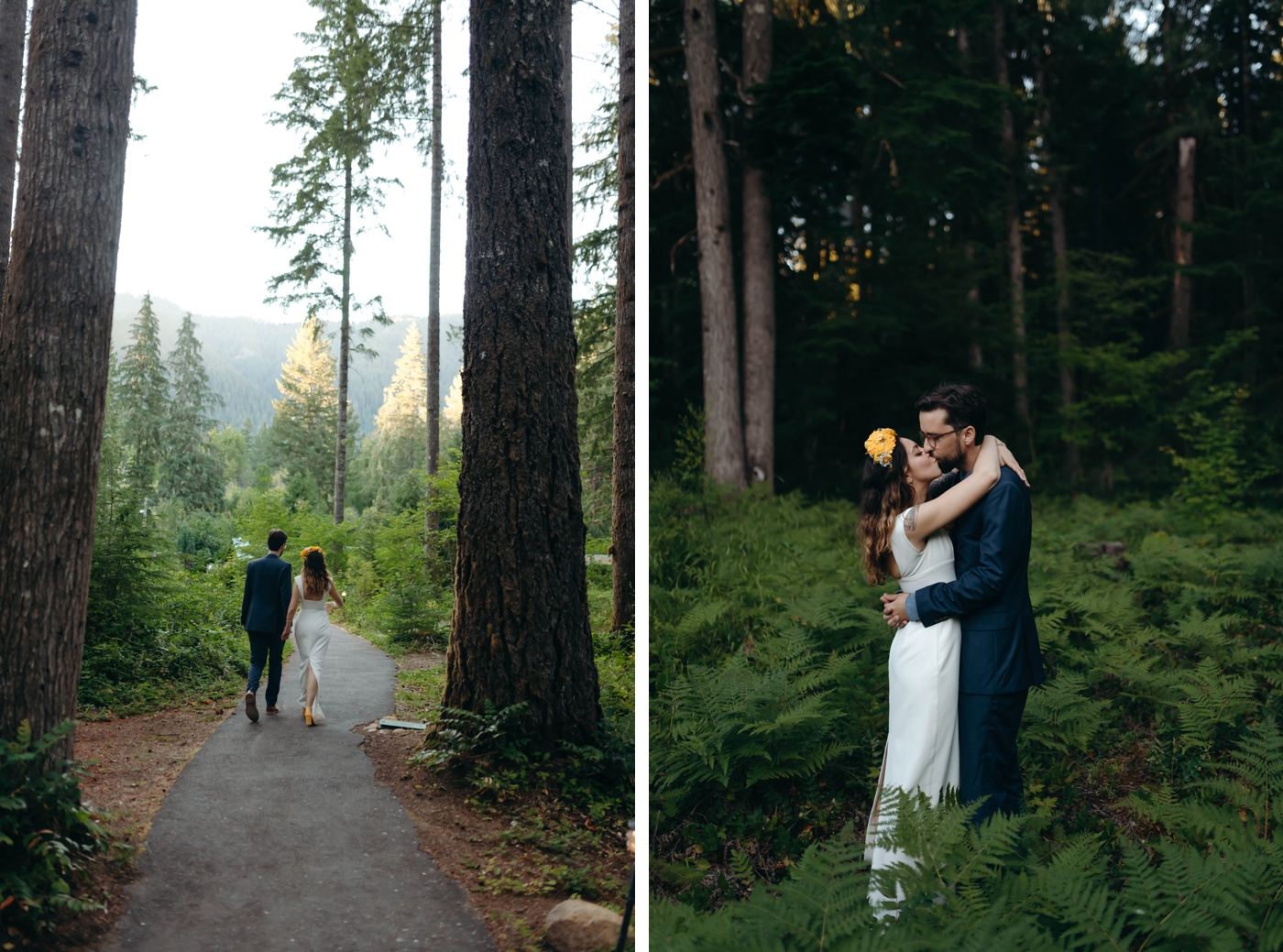
How To Make a DIY Wedding Budget
At the end of the day, you need to decide how much you want your family and friends to take on and what you want to hand off to a trusted wedding professional. All of these details come into your wedding budget!
As you start to plan, check out our resources. These are all made by wedding planners, so you know you are getting the best tips and guidance. One of the most popular is our Free Vendor Follow-Up Guide! Following up with vendors can be a tedious process, but this free guide will walk you through everything you need to know as you gather your details.
Candice and Brian’s Wedding Vendors:
Planning: Ponderosa Planning
Photographer: Kendall Rock Photography
Venue: Loloma Lodge
Floral Design: Novella Theory Floral Co.
Catering: The Hive Catering Co.
Bartending: Cascade Bartender Co.
Rentals: Arden Event Collective, Event Crush
Reception Entertainment: Sarah Clarke
Ceremony Musician: Matt Dorrien
Dance Floor and Stage: Destination Events
Lighting: Illuminate Your Night
Costume Designers: Jessie Von Curry, Maren Inga
Bridal HAMU: Sheila Hair & Makeup
Wedding Party Hair: Sarah Ruth Hair
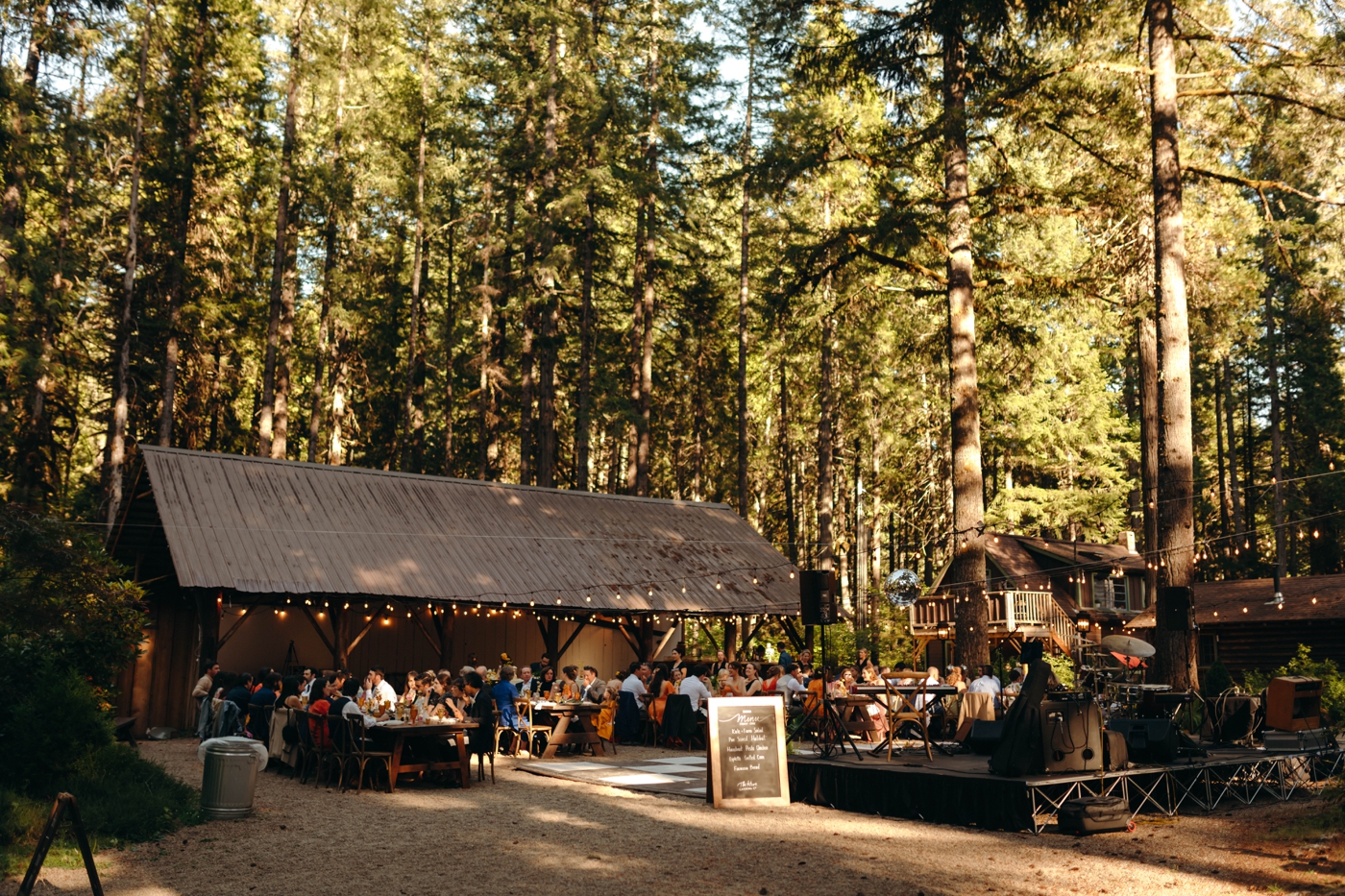
[…] [Learn More About Making a Wedding Budget For Your DIY Wedding] […]